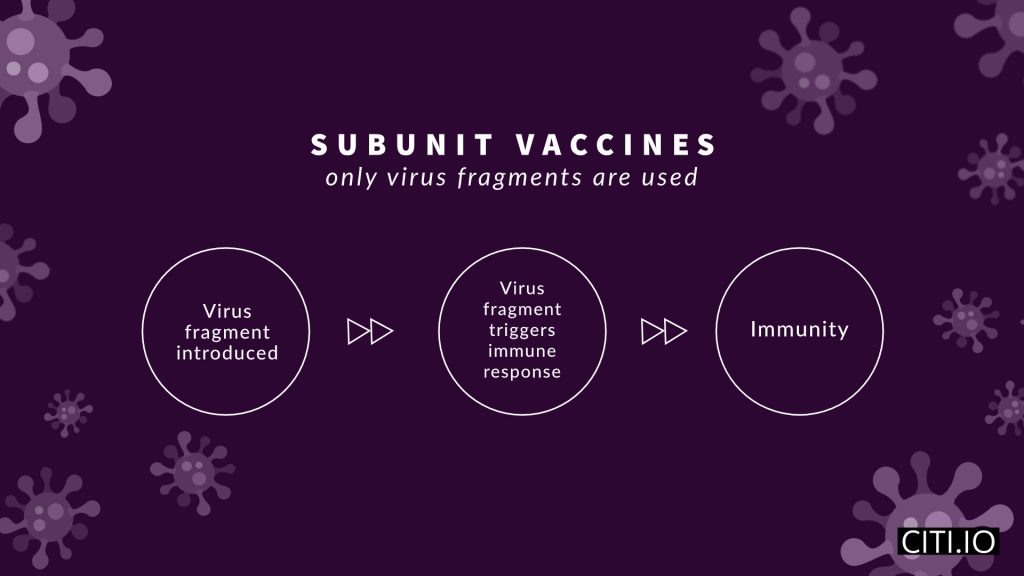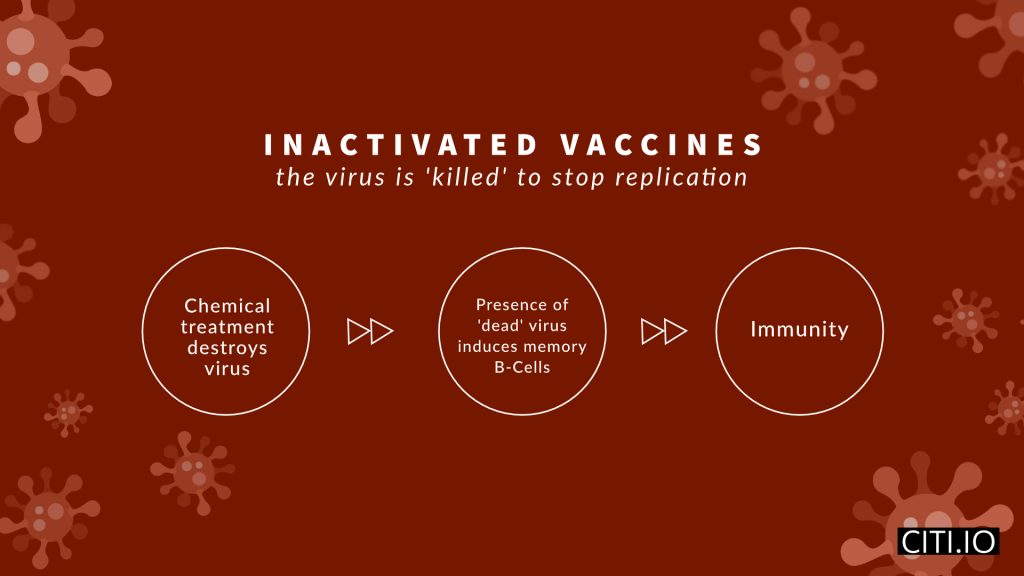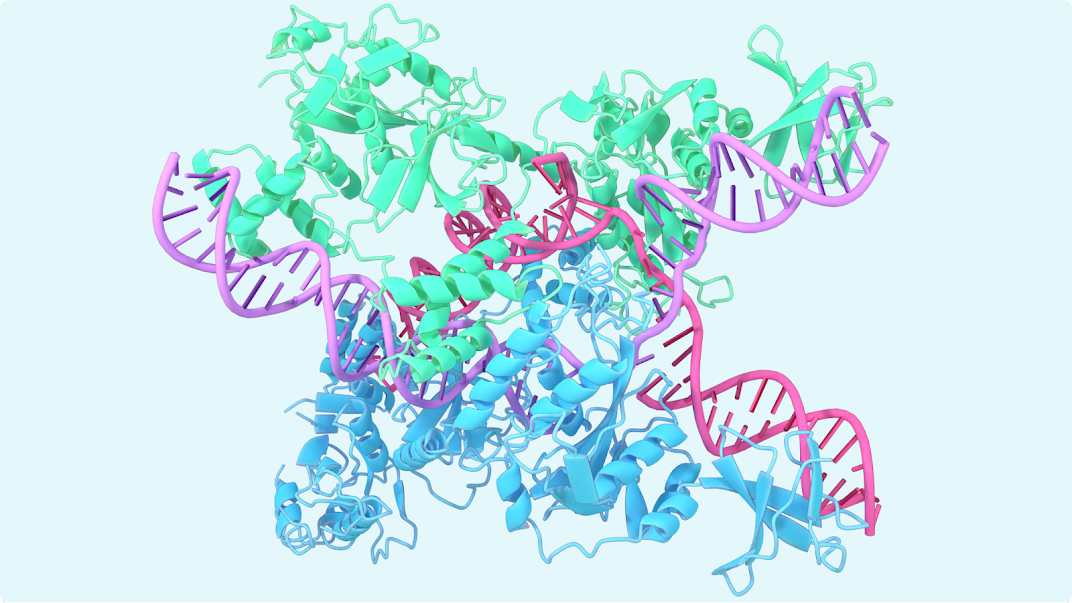With the COVID-19 confirmed to infect more than 3 million people worldwide as of April 28, methods of social isolation and other regulations are being enforced by countries in order to slow down the spread of the disease.
Apart from these, the creation of a coronavirus vaccine is also being eyed as a potential solution. Moderna Therapeutics created the first potential coronavirus vaccine only 42 days after Chinese researchers released the genetic sequence of SARS-CoV-2, the virus that causes COVID-19.
Last March, 45 healthy volunteers received their first doses of this prototype vaccine, with Moderna also planning how to execute a large-scale production should the human clinical tests turn out to be successful. According to their projections, trials will conclude by 12-18 months.
This might leave you curious — how are vaccines for viruses created? There are three primary ways to do so. Let’s look at them one by one.
Introducing a weakened virus
This approach weakens the virus such that their intensity of replication will be lowered. These weakened viruses will be introduced through a vaccine. These vaccines are called live or attenuated vaccines.
Normally, viruses have to be present in the body in a sufficiently large amount to cause sickness. Viruses introduced by vaccines in this method do not replicate enough to cause sickness. However, they replicate enough to induce memory B-cells which will protect the body against future infections.
The advantage of this approach is longevity. The major disadvantage is that it cannot be used for people with compromised immune systems since it may end up harming them instead.
Introducing virus fragments
If an immune response of the body reacts specifically to a part of the virus, just that part of the virus can be introduced in order to trigger the response. These are called subunit vaccines. Using subunit vaccines, the virus can be technically introduced without them replicating at all.
Similar to the first approach, this method can also be used for people with weak immune systems since it lessens the possibility of side effects which introducing whole, weakened viruses might cause.
Killing the virus
Vaccines of this form are called inactivated vaccines. These vaccines are chemical treatments which will kill a virus so that it can no longer replicate. Defender cells are still created since these inactive viruses are still present in the system, even though they can no longer do anything.
Inactivated vaccines can be used even for people with compromised immune systems, unlike the first one. However, they require way more doses than attenuated vaccines before immunity is acquired.
An emerging approach: using mRNA
The method used by Moderna for their prototype vaccine does not use any of these three traditional methods. Instead, their vaccines are loaded with messenger RNA (mRNA). These mRNAs are programmed with specific genetic codes for the coronavirus proteins so that the appropriate immune response is triggered and immunity is gained.
The advantage of this method is speed and scale. These vaccines are highly suitable for scaling up and can save a huge time in production, something highly needed in critical times like what we are experiencing now.













